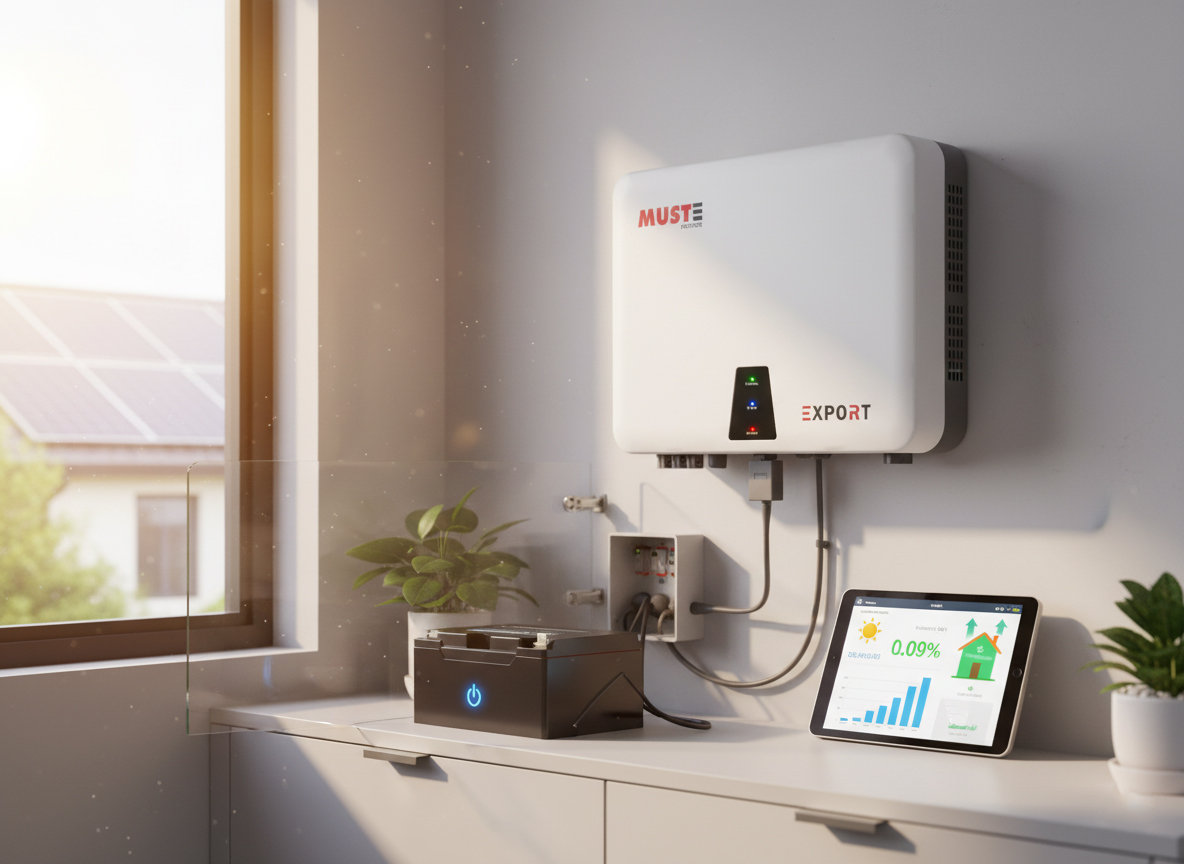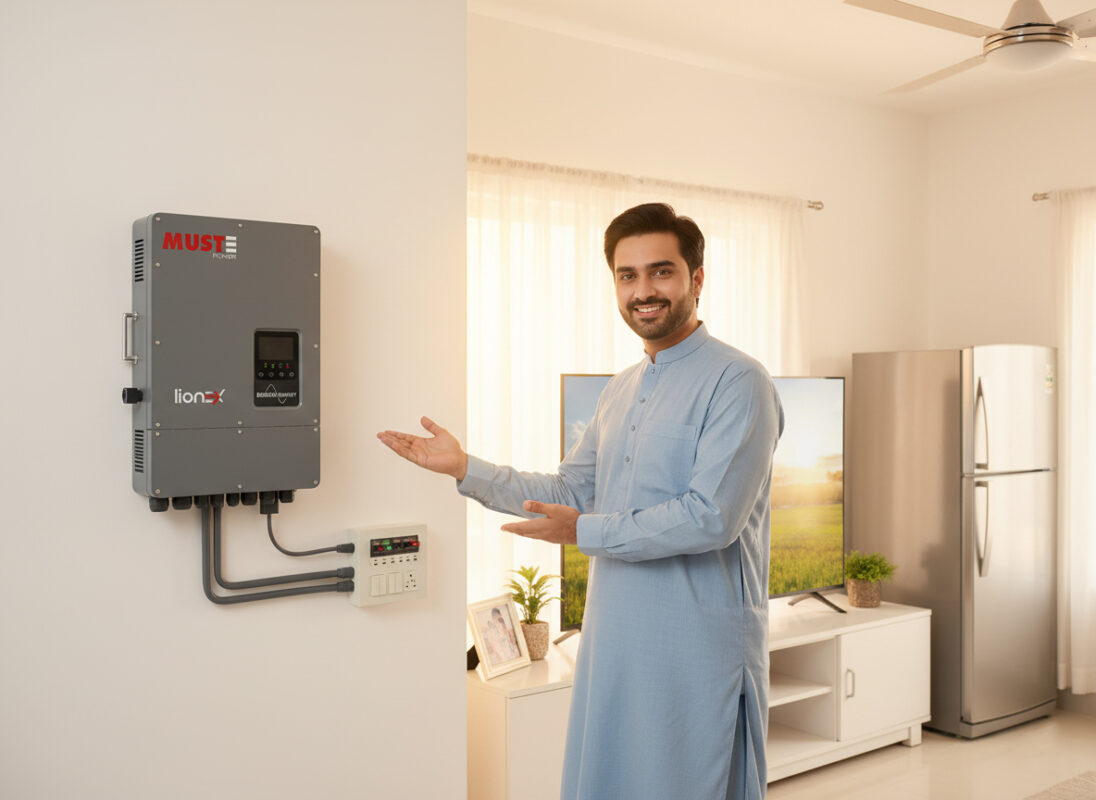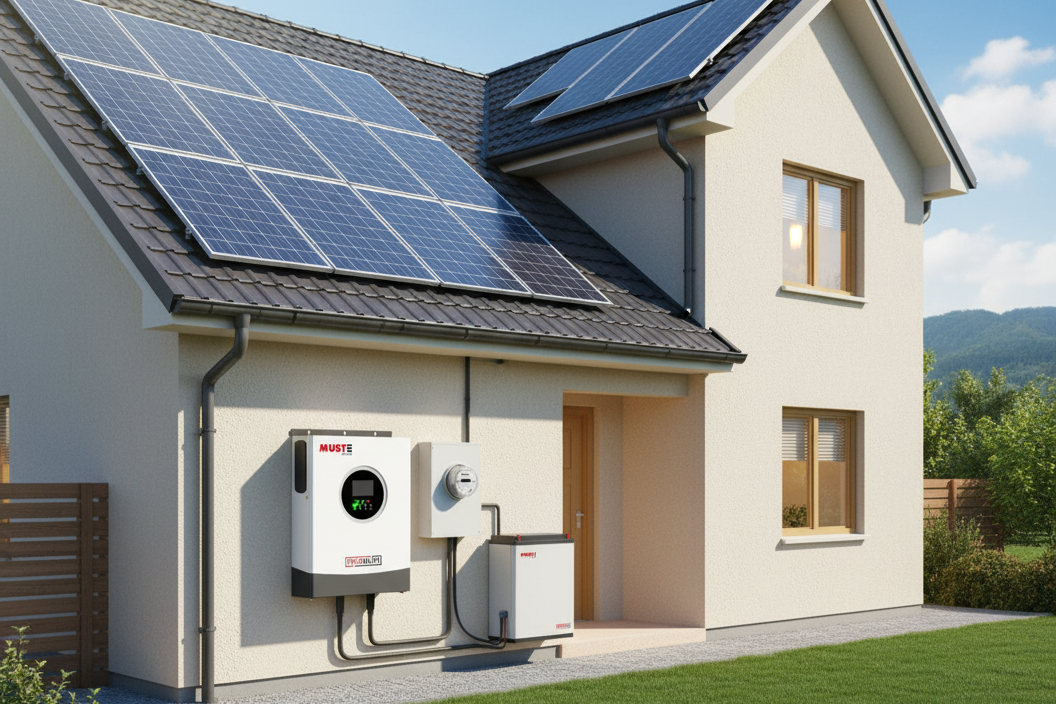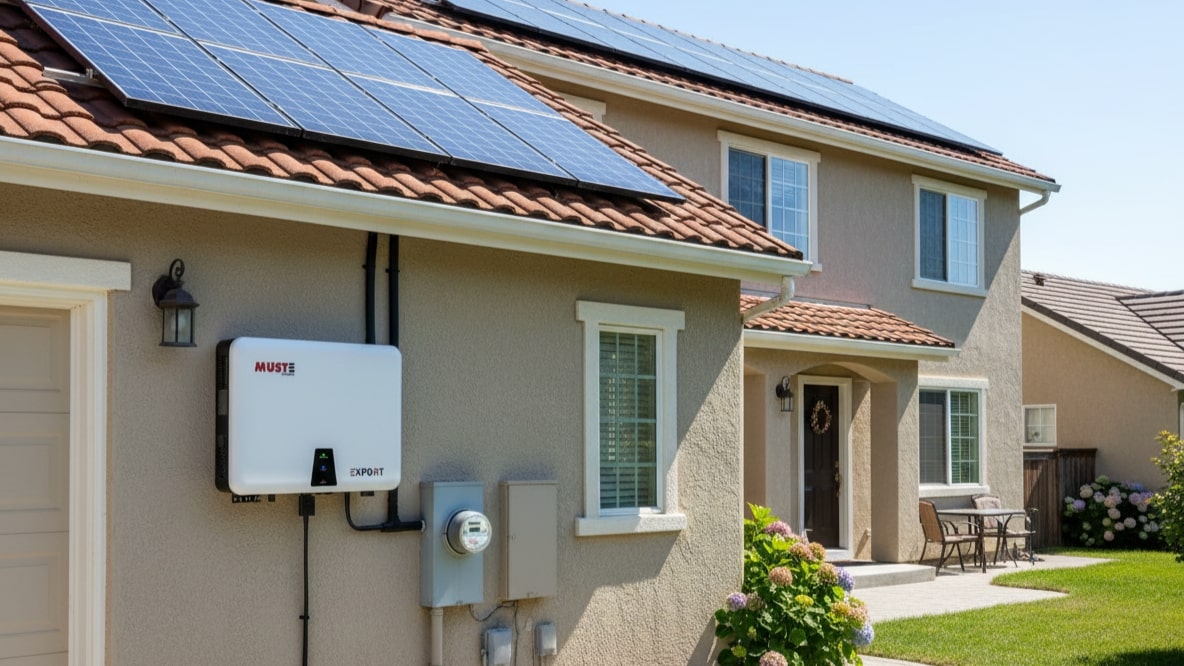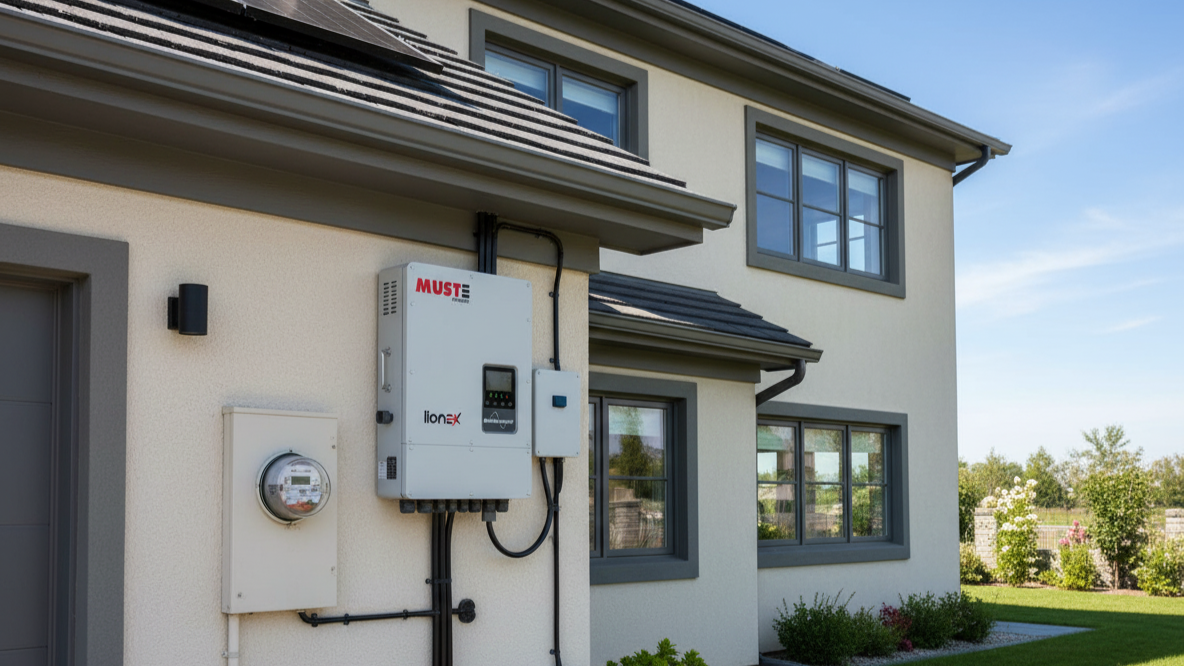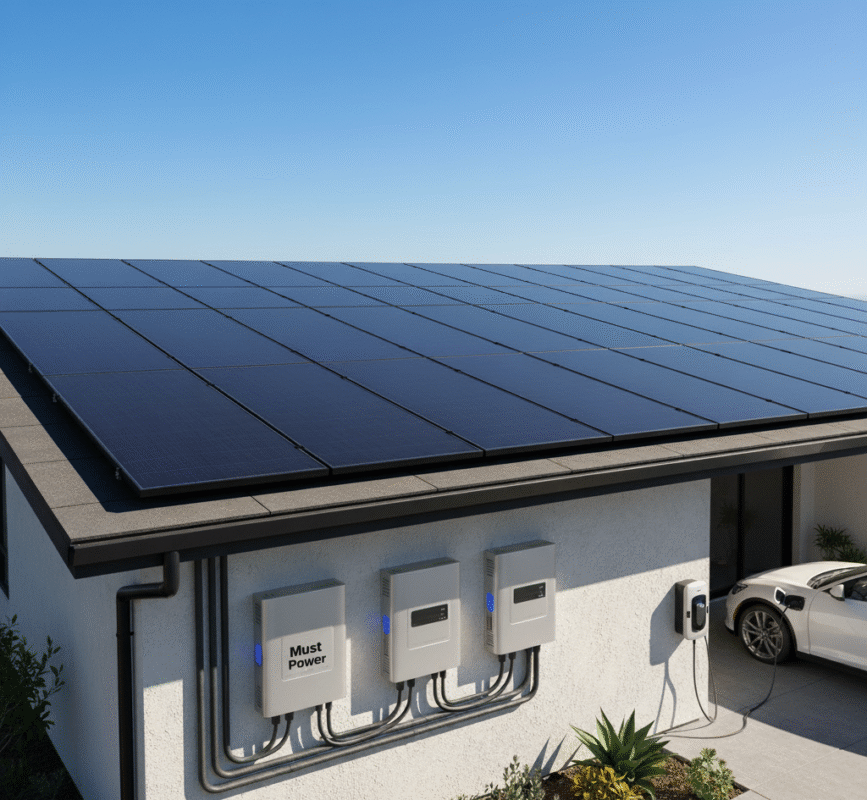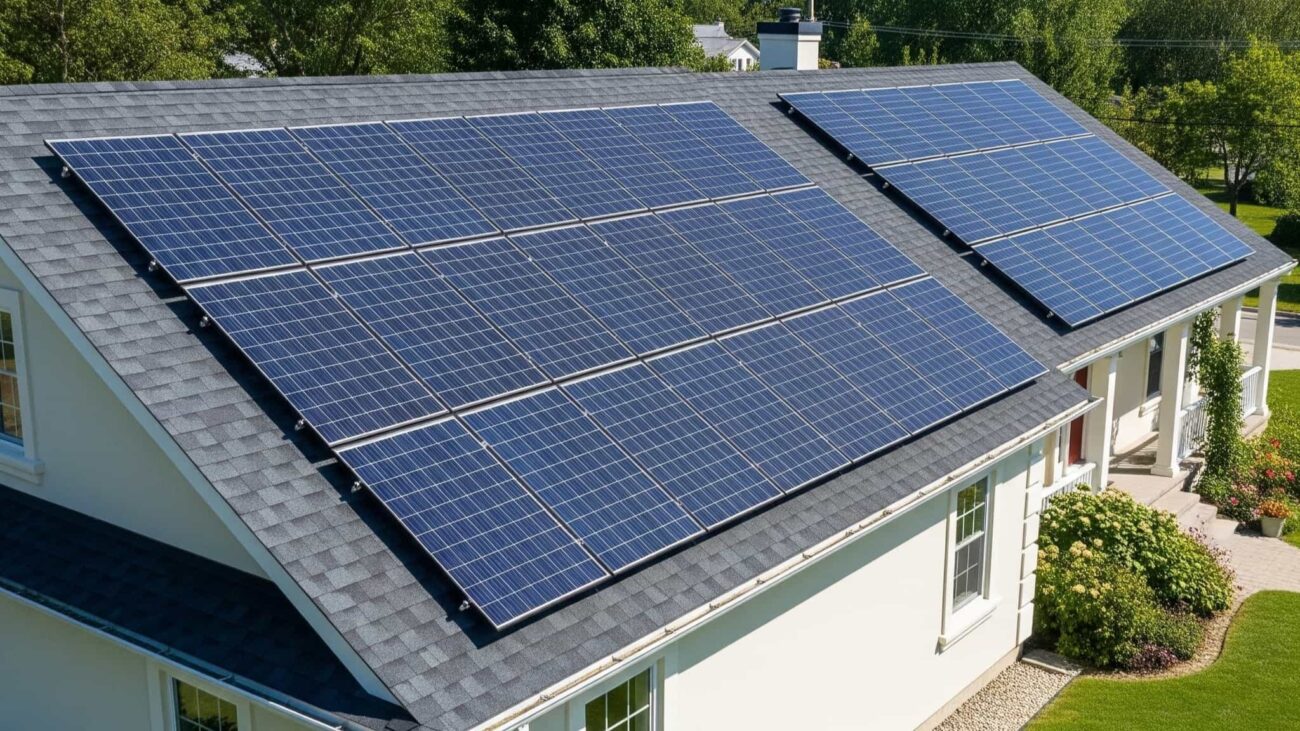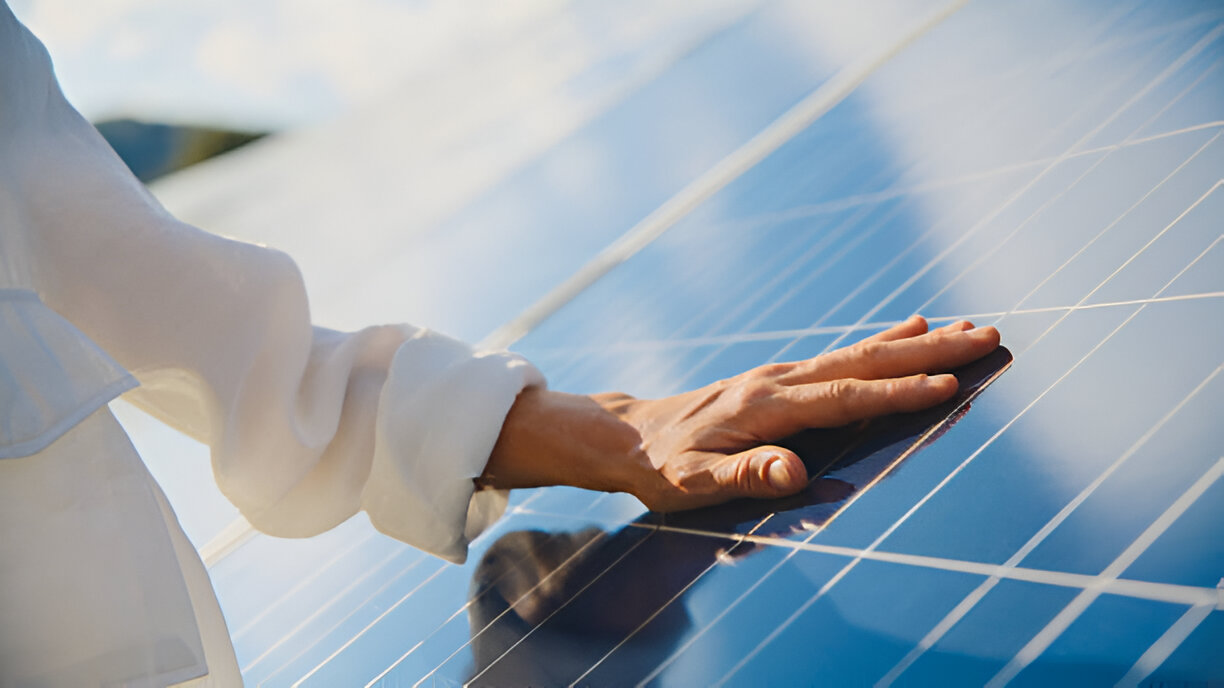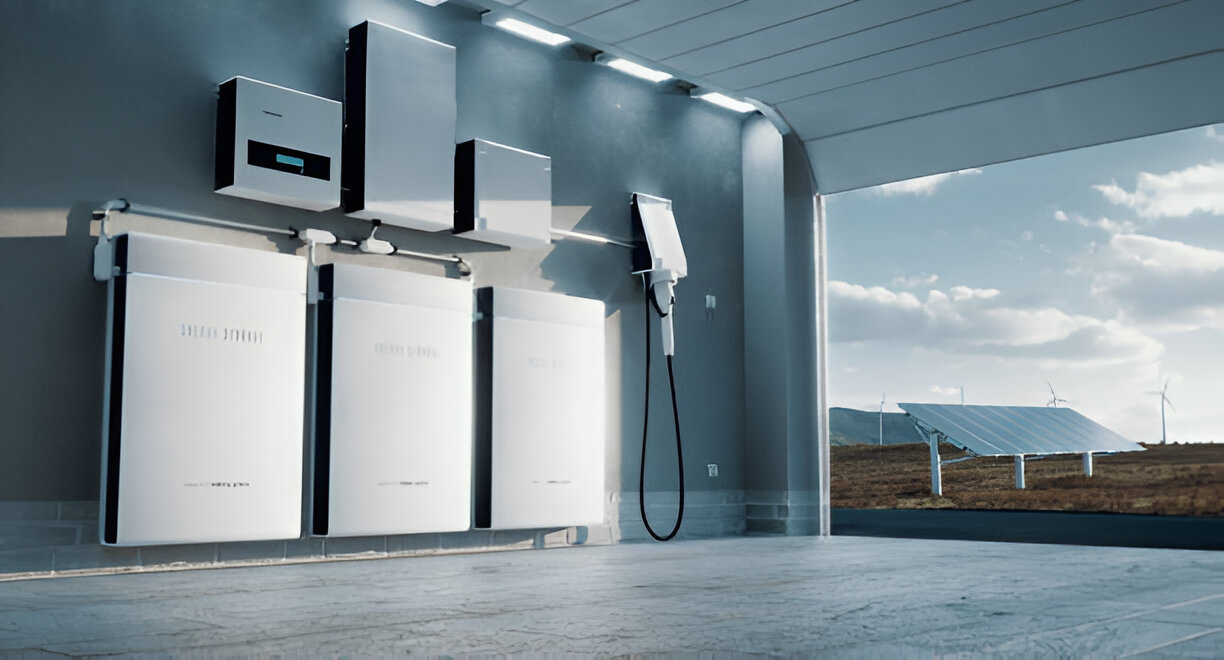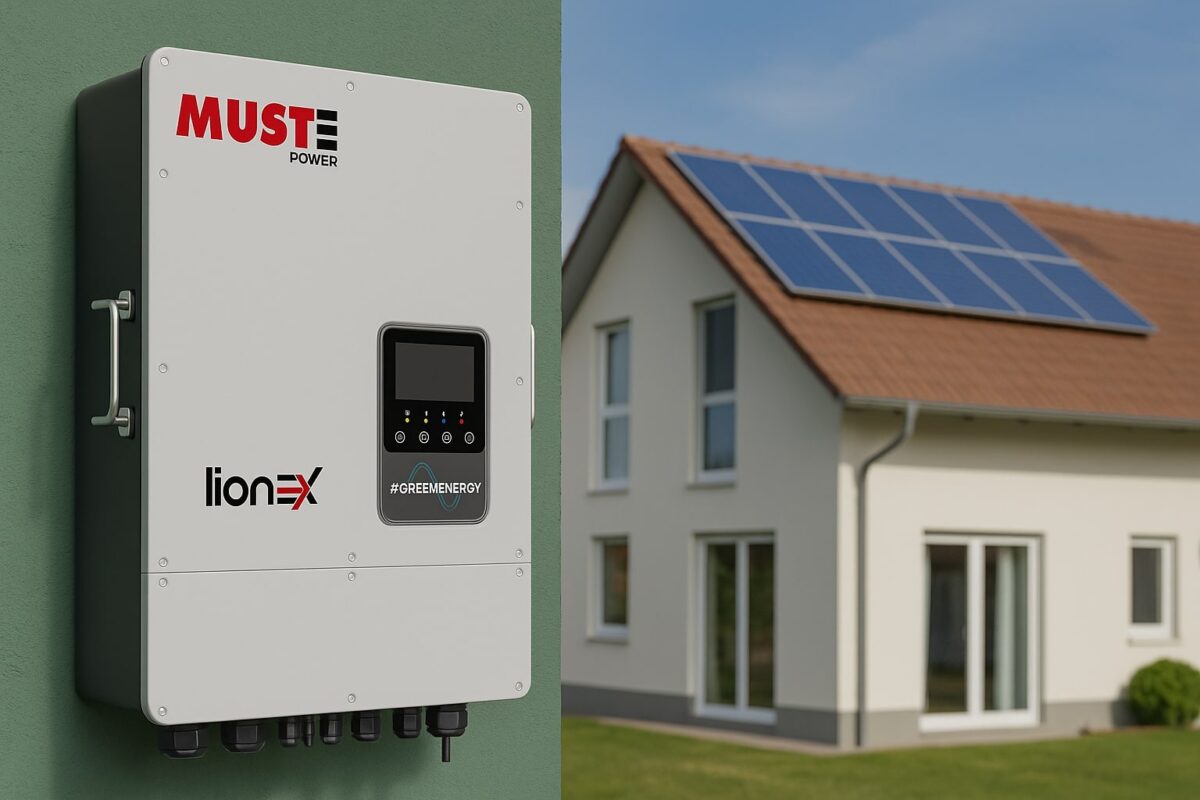When you hear about solar inverters, one term almost always comes up: MPPT. The acronym stands for Maximum Power Point Tracking, and it’s a key technology that makes solar inverters far more efficient. But what does MPPT really do, why does it matter, and how does it affect the performance of your solar system at home or for business? Let’s discuss what MPPT in solar inverter mean.
MPPT in Solar Inverter: The Heart of Efficiency
Solar panels generate electricity based on sunlight, but the output they produce isn’t always steady. Weather, shading, and even the time of day change how much voltage and current flow from the panels. Without MPPT, much of this power would go to waste.
An MPPT solar inverter constantly adjusts its input to find the “sweet spot” where the panels deliver maximum power. Think of it as a smart translator, matching the variable energy from your solar panels to what your batteries or grid system can actually use. That’s why MPPT solar inverters consistently deliver better performance than older PWM (Pulse Width Modulation) models.
This efficiency is what makes MPPT technology such a selling point. Whether you’re considering a compact MPPT Solar Inverter 1000W for a small setup or looking at larger hybrid systems, the same principle applies: MPPT extracts the maximum possible energy from the sun.
Why MPPT Solar Inverters Are Worth the Investment
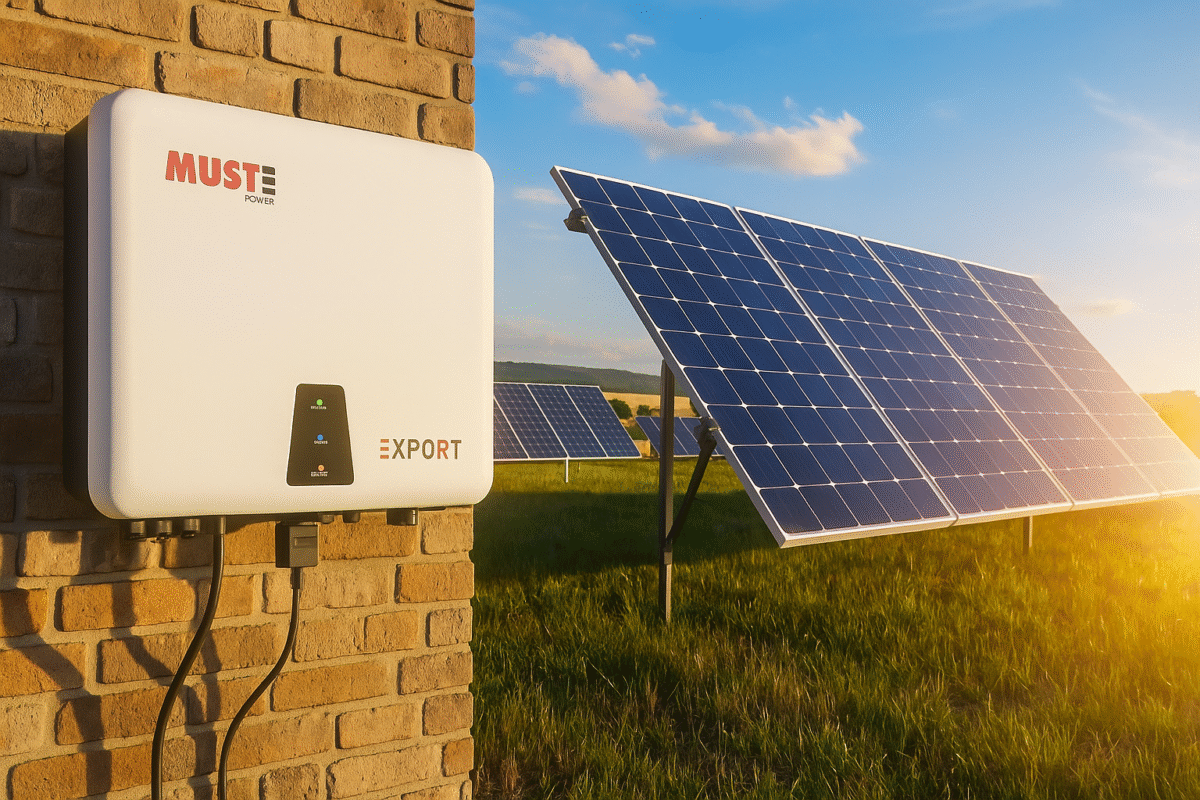
Of course, one of the first questions people ask is about the MPPT solar inverter price. MPPT-based inverters indeed cost more than PWM units upfront. But the gains in efficiency, often up to 30% more usable power, mean the long -term savings are significant. You get more electricity from the same panels, which shortens the payback period of your solar investment.
In markets like Pakistan, where solar adoption is rapidly growing, people often check the mppt solar inverter price in Pakistan before deciding. The price can vary depending on brand, capacity, and features. A smaller model like the 4KW MPPT Solar Inverter 12 volt will naturally be more affordable compared to a hybrid system with WiFi monitoring and higher voltage compatibility.
Still, when you calculate how much energy you’d otherwise lose without MPPT, the added cost makes sense. It’s less about paying more and more about getting the full value out of every ray of sunlight.
Practical Examples of MPPT in Action
Let’s say your solar panel is rated at 300 watts. Under perfect sunlight, it could deliver its full capacity. But sunlight is rarely perfect. Without MPPT, you might only get 200–220 watts in practice. With MPPT, the inverter fine-tunes the load, so you’re back up closer to the 300-watt potential, even under variable conditions.
This becomes especially important when you scale up. For example, if you’re exploring the 3kva MPPT Solar Inverter price in Pakistan, you’re already dealing with larger systems that could support homes or small businesses. At that level, efficiency gains add up quickly. Every percentage point recovered by MPPT could mean hours of extra fan use in the summer or longer lighting at night, all without pulling power from the grid.
Types and Sizes of MPPT Solar Inverters
Not every household needs a giant three-phase inverter. That’s why MPPT inverters come in various sizes. A MPPT Solar Inverter 1000W is compact, useful for small cabins, apartments, or even portable setups. Meanwhile, a MPPT Solar Inverter 12 volt can pair with small battery systems, keeping costs lower while still ensuring high efficiency.
For bigger needs, like an entire home or office, you’ll be looking at 3kVA and beyond. At that stage, people often weigh costs carefully and compare the 3kva MPPT Solar Inverter price in Pakistan with larger hybrid models. It’s not just about size, though. Features like remote monitoring, safety protections, and grid compatibility also come into play.
Buying Must Power MPPT Solar Inverters
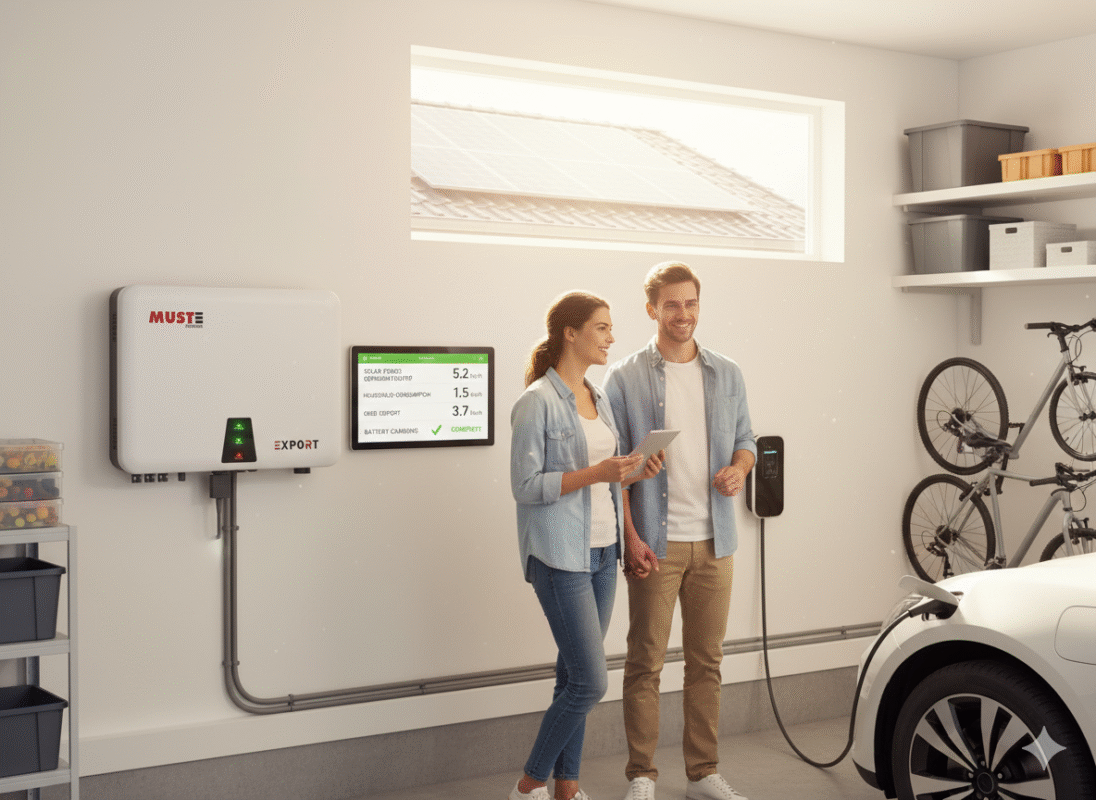
If you’re considering an MPPT solar inverter, Must Power offers models that blend efficiency with reliability. Their inverters range from compact single-phase hybrids to powerful three-phase systems like the 12 kW unit. With pure sine wave output, IP66 weather protection, WiFi connectivity, and up to 99% efficiency, these inverters are designed to last while keeping performance steady.
Must Power also integrates smart protections, overload, over-temperature, and battery management system (BMS) support, that give peace of mind. Whether you’re starting small with a few panels or planning a full hybrid installation, their range provides options that meet diverse needs.
Final Thoughts on MPPT in Solar Inverter
So, what is meant by MPPT in solar inverter technology? It’s the smart mechanism that ensures you don’t leave energy on the table. By constantly tracking and adjusting to the best operating point, MPPT maximizes the return from your solar investment.
Whether you’re comparing the mppt solar inverter price in Pakistan, checking out a MPPT Solar Inverter 1000W, or budgeting for a 3kva MPPT Solar Inverter price in Pakistan, the principle remains the same: efficiency first. The higher upfront price pays itself back in better performance and longer-lasting systems.
As solar continues to grow, MPPT will remain the standard for serious users who want every bit of sunlight converted into usable power. Choosing a trusted brand like Must Power ensures that the technology works not only on paper but day after day under real-world conditions.
Frequently Asked Questions
Q1: What does MPPT actually do in a solar inverter?
MPPT, or Maximum Power Point Tracking, adjusts the voltage and current from your solar panels to make sure the inverter gets the maximum possible power. Without MPPT, you lose efficiency because panels rarely operate at their rated capacity in real-world conditions.
Q2: Is an MPPT solar inverter better than a PWM inverter?
Yes, MPPT inverters are generally more efficient than PWM (Pulse Width Modulation) models. While PWM technology is cheaper, it wastes a portion of the available solar power. MPPT can recover up to 30% more usable energy, which makes it the better long-term choice.
Q3: What is the MPPT solar inverter price in Pakistan?
The cost varies depending on capacity and features. A smaller MPPT Solar Inverter 1000W or MPPT Solar Inverter 12 volt is usually more affordable, while larger systems such as a 3kVA unit cost more. Still, the efficiency gains usually justify the higher price.
Q4: Can MPPT work with cloudy weather or partial shading?
Yes, that’s one of its strengths. MPPT inverters adjust automatically to changing sunlight conditions, so even on cloudy days or when panels are partially shaded, they help extract as much energy as possible.
Q5: Do all solar systems need an MPPT inverter?
Not always. If you’re running a very small or temporary setup, a PWM inverter might be enough. But for anyone serious about solar, whether for home use or business, an MPPT solar inverter provides better performance and pays for itself over time.

